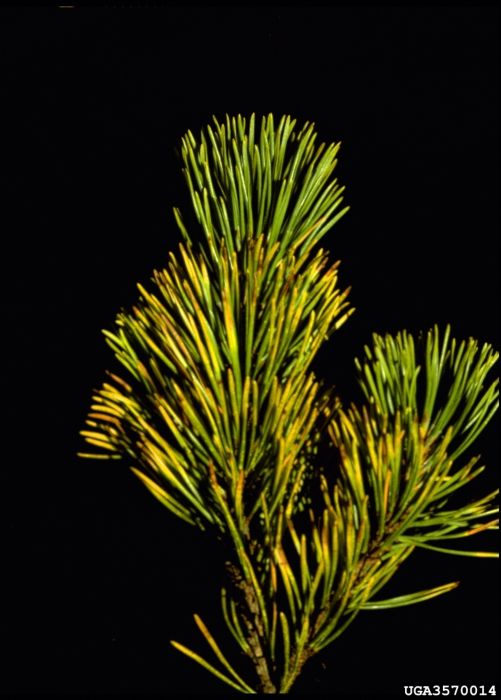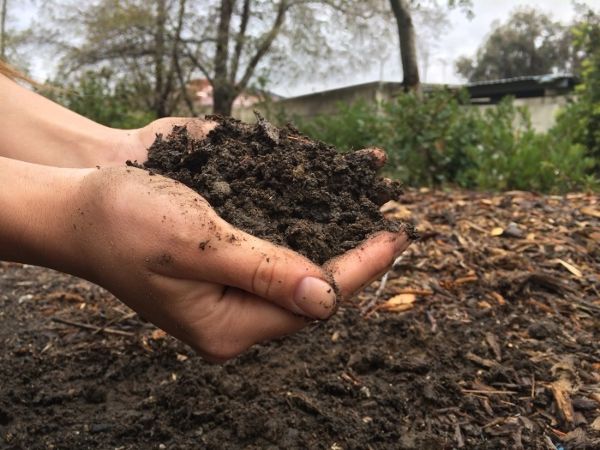Trees play a vital role in our ecosystem and are more than worthy of proper care to ensure their successful survival. One integral part of tree care is providing adequate nutrition through tree fertilization. Choosing the best fertilizer for trees can significantly impact their health and lifespan. In this comprehensive blog, we will uncover tree nutrition, the basics of tree nutrients, how to assess your tree’s needs, types of fertilizers (organic and synthetic), and specific needs for young and mature trees. On top of all that, we’ll also explore application tips and best practices to ensure your trees receive the optimal fertilization they need to thrive.
Understanding Tree Nutrition
Trees, like all living organisms, require essential nutrients to grow, develop, and maintain their health. These nutrients are obtained from the soil and the water. The primary nutrients that trees require include nitrogen (N), phosphorus (P), potassium (K), along with secondary nutrients like calcium, magnesium, and sulfur, and micronutrients such as iron, manganese, zinc, copper, boron, and molybdenum. Each nutrient plays a crucial role in various aspects of tree growth, from structural development to disease resistance.

The Basics of Tree Nutrients
– Nitrogen (N): Essential for leafy growth and overall vigor.
– Phosphorus (P): Promotes strong root development, flowering, and fruiting.
– Potassium (K): Supports overall health, disease resistance, and cold hardiness.
– Secondary Nutrients: Calcium, magnesium, and sulfur are also important for various physiological processes.
– Micronutrients: Although needed in smaller amounts, micronutrients are vital for enzyme activation and overall health.
Assessing Your Tree’s Needs
Before selecting a fertilizer, start by assessing your tree’s specific nutritional requirements. Factors to consider include the tree species, age, soil conditions, and any visible signs of nutrient deficiencies such as yellowing leaves, stunted growth, or poor fruiting. Conducting a soil test can provide valuable insights into existing nutrient levels and pH balance, helping determine which nutrients are lacking and need supplementation.

Types of Fertilizers
Fertilizers can be broadly categorized into two main types: organic and synthetic.
Organic Fertilizers
Organic fertilizers are derived from natural sources and contain organic matter that improves soil structure and fertility over time. Examples include compost, manure, bone meal, blood meal, and fish emulsion. Organic fertilizers release nutrients slowly as they decompose, providing a steady and long-lasting source of nourishment to trees. They also contribute to soil health and microbial activity.

Synthetic Fertilizers
Synthetic or inorganic fertilizers are manufactured chemically and provide nutrients in readily available forms. They are typically faster acting than organic fertilizers but may not contribute to soil health in the same way. Synthetic fertilizers can be formulated to deliver specific nutrient ratios suitable for different types of trees and growth stages.
Choosing the Best Fertilizer
When selecting a fertilizer, consider the nutrient requirements identified through soil testing and the specific needs of your trees. Look for a balanced fertilizer formulation appropriate for trees, such as a 10-10-10 NPK (nitrogen-phosphorus-potassium) ratio. Additionally, consider the longevity of nutrient release. Slow-release fertilizers are often preferred for trees because they provide a steady supply of nutrients over an extended period of time.
For Young Trees
Young trees require careful attention and specific nutrients to establish strong root systems and healthy growth. Choose a balanced fertilizer with a higher phosphorus content to promote root development. Apply fertilizer sparingly around the base of the tree, avoiding direct contact with the trunk, and water thoroughly after application.
For Mature Trees
Mature trees benefit from fertilization to maintain their vitality and resilience. Apply fertilizer evenly across the root zone, which extends beyond the dripline of the tree canopy. Avoid concentrating fertilizer in one area to prevent root burn. Consider deep root fertilization techniques, such as soil injection, for mature trees with compacted or poor soil conditions.
Application Tips and Best Practices
– Timing: Fertilize trees right before or during the growing season when they are actively taking up nutrients.
– Watering: Always ensure that trees are adequately watered to help nutrients reach the root zone.
– Mulching: Apply a layer of organic mulch around trees to conserve moisture and improve soil structure.
– Avoid Overfertilization: Excessive fertilizer can harm trees and leach into groundwater. Follow recommended application rates.





